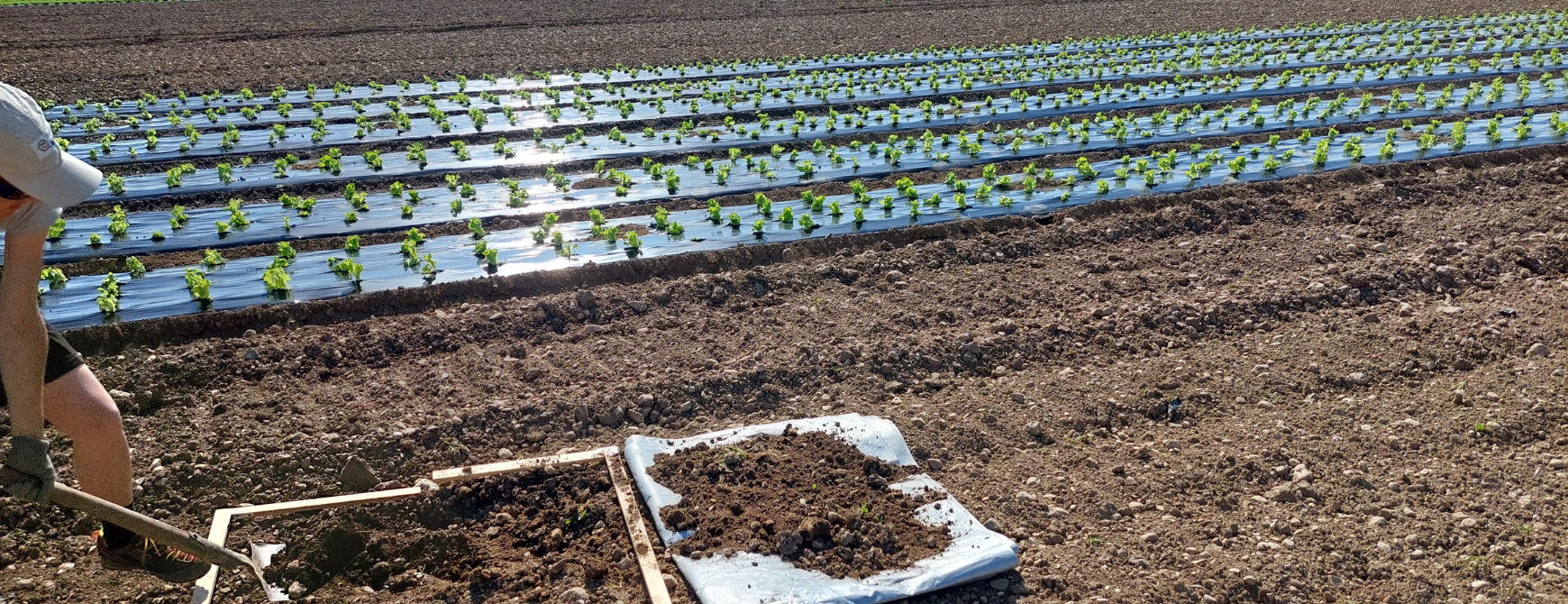How Micro- and Nanoplastics (MNPs) Are Shaping European Agricultural Soils

UL BF
Date of publication:
Modern agriculture relies heavily on plastic products such as mulch films, greenhouses, and irrigation systems. However, a significant portion of this plastic ends up as micro- and nanoplastics in the soil. How does this affect ecosystems and food production across Europe? This is the central question addressed by the MINAGRIS project.
The project consortium consists of a multidisciplinary team of 20 partners from 12 European countries, including the University of Ljubljana. MINAGRIS is the first large-scale project to investigate the full life cycle of plastic residues in agricultural soils. The research includes field trials, laboratory analyses, farmer interviews, and data modeling to assess how different types of plastic degrade, move through the soil, and affect soil biology.
Key findings:
- Micro- and nanoplastics alter microbial communities in the soil, which can affect nutrient cycling and potentially plant health.
- Degraded plastic can move through soil profiles, possibly reaching water bodies or altering the soil's physical and chemical properties.
- Farmers are often unaware of the long-term risks associated with using both biodegradable and conventional plastics.
The MINAGRIS project will further investigate the impact of plastic on soil health and quality through 11 case studies across Europe, including one in Slovenia. These studies involve collaboration with agricultural stakeholders. Once the effects of plastic on soil health are better understood, the project will provide tools and guidelines to help farmers and stakeholders assess plastic pollution exposure and find ways to reduce or eliminate plastic-based products.
Funding and partners:
MINAGRIS is funded by the European Union’s Horizon 2020 research and innovation programme (Grant Agreement No. 101000407) and is coordinated by Wageningen University and Research (Netherlands).
The Biotechnical Faculty at the University of Ljubljana leads the work package focusing on the physical and chemical properties of soil. It also coordinates the Slovenian study area in the Sava River basin, where the presence and impact of microplastics on soil quality are being assessed on selected farms and findings are being shared with local stakeholders.
Recent publications:
- Soil water repellency of two disturbed soils contaminated with different agricultural microplastics tested under controlled laboratory conditions
- Impact of conventional and biobased microplastics from mulch films on soil bulk density, hydraulic conductivity and water retention in two different soil types under wetting−drying cycles
Learn more about the project:


